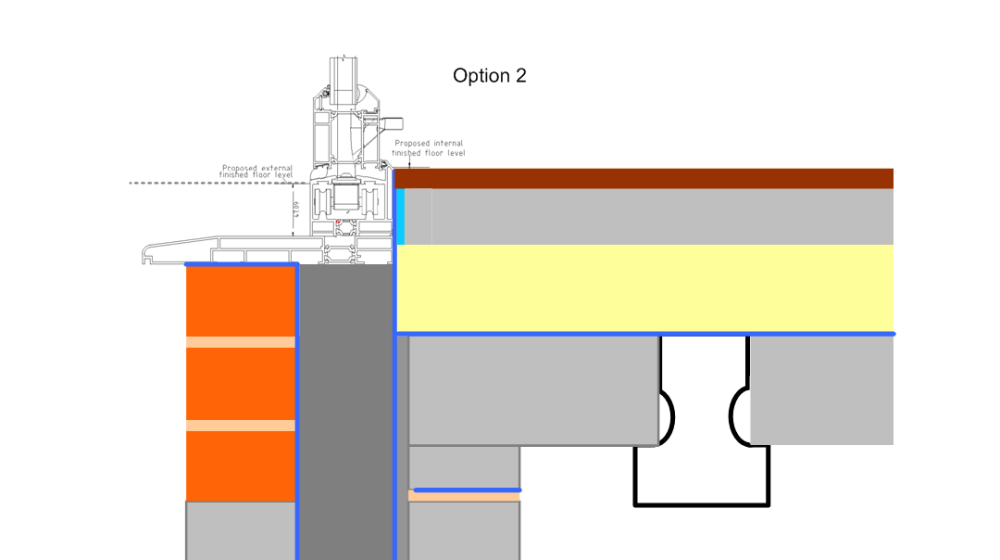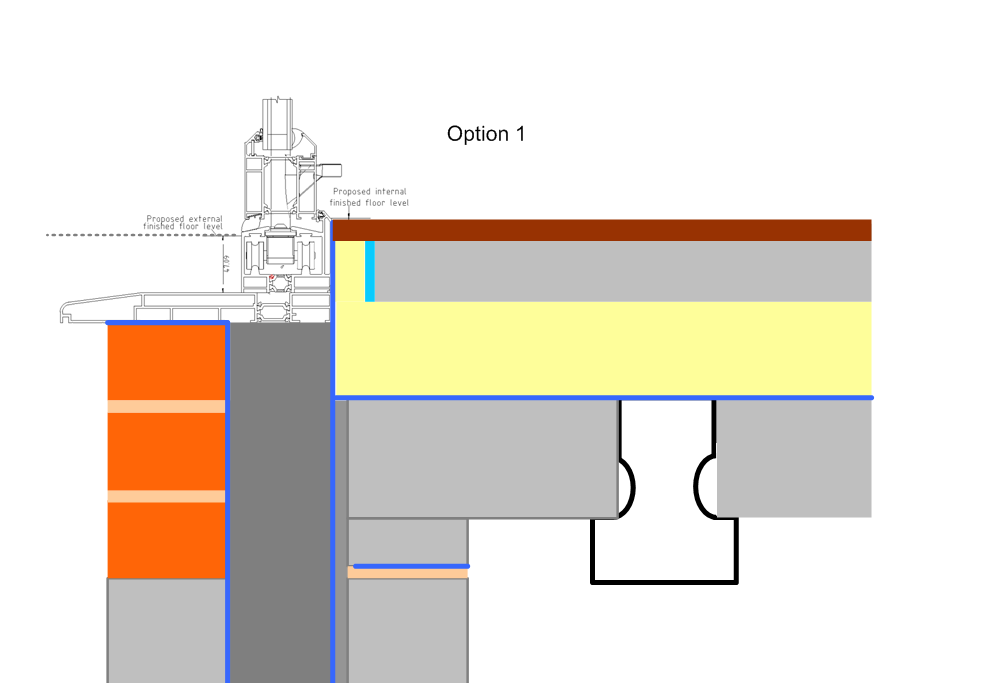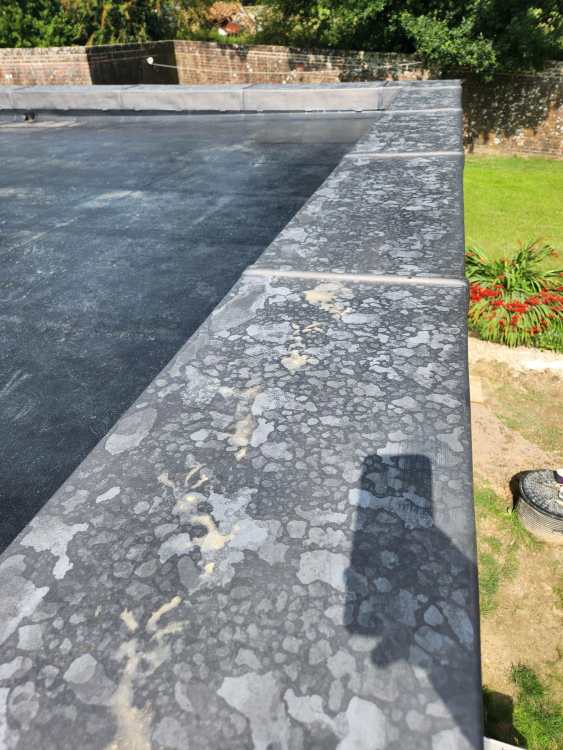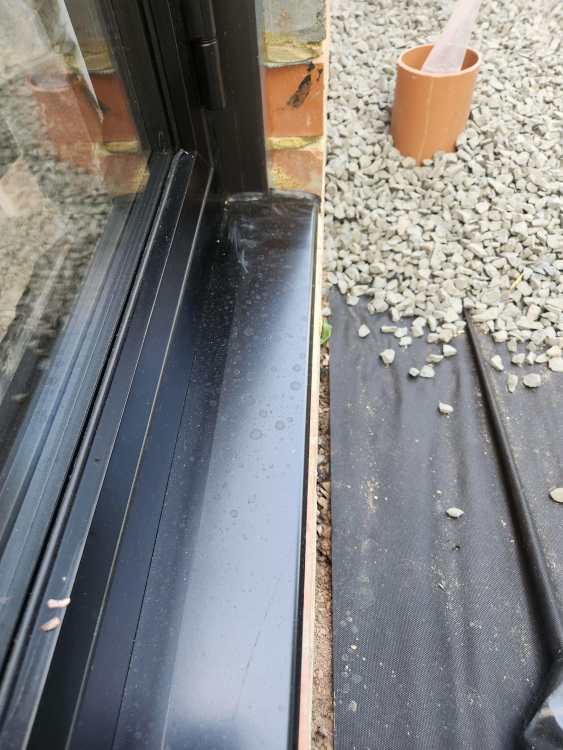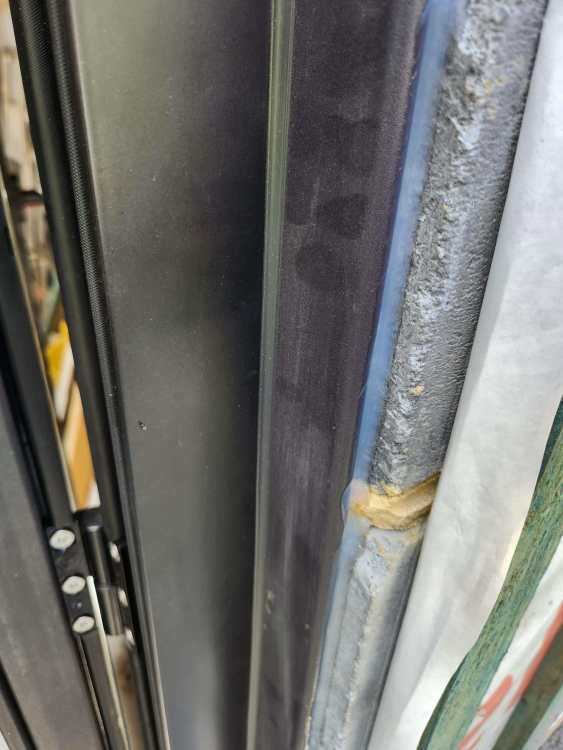
paro
Members-
Posts
56 -
Joined
-
Last visited
Recent Profile Visitors
The recent visitors block is disabled and is not being shown to other users.
paro's Achievements

Member (3/5)
9
Reputation
-
None whatsover and to be fair the videos I've watched haven't made it look any easier. Thanks.
-
Hi All, I went for the cement flowing screed based on the the recommendation from the screed company that this was more suited to glue down flooring. I am planning to do this myself with herringbone engineered oak (18mm). The floor is level (55m2) with some minor bumps and imperfections (and acorns apparently...). I was expecting to be able to glue the wood down direct with no more than a good hoover up before hand but am now nervous that this isn't enough so am questioning whether any further sanding/levelling, priming is needed. I see from a previous post its been suggested the glue thickness for herringbone is insufficient to mask anything but a completely flat floor. How much tollerance does herringbone have? There are a couple of transitions I need to factor in as well. On one side I have bifolds (3.3m+2.8m) and the other is the cottages brick floor (3.6m). The remainder of the floor has 25mm PIR + the blue expansion strip all round so not concerned there but ideally I'd like the gap around the transitions to be as small as possible for a cleaner look. Two questions here, how small can that expansion gap be and if it's got to be more than say 10mm are there any nice looking products available for creating a neat/seamless looking transition. Thanks, Paul
-
Thanks all. This is exaclty what I was after.
-
Hi All - I am looking for guidance on plasterboarding. I am relatively comfortable with the basics but know there is stuff I just don't know. The main thing I want to properly understand is edge/corner bead stuff and whether it is required everywhere or just in certain places, like, doorways, windows, etc, and the types of bead to be used, etc. If anyone can point to a reference guide or resource on this it would be appreciated. Thanks, Paul
-
Engineered wood floor over PIR upstand (thermal bridging and strength)
paro replied to paro's topic in Floor Structures
Okay so it sounds like liquid cork or regular cork is the solution here. Panic over! -
Engineered wood floor over PIR upstand (thermal bridging and strength)
paro replied to paro's topic in Floor Structures
So it has just occured to me that I may be about to make a terribly expensive mistake. For an engineered wooden floor it is recommended to have a min 15mm expansion gap around the whole floor. Personally I don't really understand that in the context of a floor that is glued down as surely it can't really more in any meanigful way without pulling itself up. That said if I want a flush threshold up to the back of the bifolds I can't leave a gap and I'm not aware of any flexible material that looks like wood that I can install around the edges to allow for this. Is this a problem that means I need to switch to tiles or is there a clever solution that I'm not thinking of? Good job I'm always thinking ahead Ordered the screed today as well. -
Engineered wood floor over PIR upstand (thermal bridging and strength)
paro replied to paro's topic in Floor Structures
Perfect, that is exactly what I need didn't realise I wanted, albeit not cheap. -
Ha, it didn't occur to me to use gpt. That said I get scared by some of the technical answers it spits out in my field I like the IPA idea s that could be quite an easy one. I'll test on some scraps. Thanks.
-
Engineered wood floor over PIR upstand (thermal bridging and strength)
paro replied to paro's topic in Floor Structures
Thanks. So a flush threshold from the inside is the goal. The bifolds open outward and don't impede on the internal space at all so think I can bring the floor all the way to the edge of the frame. I was told that what I have is appropriate for a flush threshold. The drawing extract from for the door comes from the manufacturer so hopefully I'm good on that front. -
Hi All - Trying to figure out the best way to deal with the thermal bridge insulation around the bifold doors. Originally I was going to pull the 25mm PIR upstand around the whole floor including the bi-folds but the more I think about it the less I think it's the right way to go. For the rest of the room it will be lost behind the plasterboard and skirting but for the bifolds the floor will run all the way up to the edge and because its a herringbone pattern floor I am not sure about sticking down onto PIR and whether there is a risk of compression over time. Would appreciate any views on how best to approach this. I've sketched out the way I thought I was going to do this originally against alternatively just allowing the foam strip to go up to the bifolds. My preference now would be option 2 but not sure if I am going to give myself issues with thermal bridging Thanks, Paul
-
Does anyone happen to know how to remove newly applied patination oil? I've just bought the G1 cleaner only to realise it specifcally says it doesn't remove the oil and refers to somewhere that doesn't seem to exist anymore. My new lead cappings are showing water stains quite badly even though they were all oiled before going on. Pic below was taken the day after the first rain since installing 2 days prior. The lead guy has reoiled them several times now and says he's never seen it before. He has suggested cleaning them off and reapplying the calder patination oll as opposed to the bond-it one I gave him because the calder order was delayed. The lead is all code 5 calder. No signs of any stains or damage when delivered. Thanks, Paul
-
Thanks both. I have been round with lasers and a level to check the level across the frames. There is a 5mm delta between them which I am not overly concerned with. My bigger issue now is going to be that my transition from the main house to the extension is slightly off from what was planned based on the frame heights which means I am going to have to try and do something clever, I'll do a separate post for that though.
-
So they agreed to provide a better finish for everything which they have now done (pics below). However, -- and I didn't realise they had changed it until the last day of fitting -- because my retaining wall is in the way of the doors opening at the original position they moved the whole frame and cill further back into the aperture. The result of this is that the cill and drainage slot no longer projects beyond the outer leaf. From what I am told the only water that will exit through this cill drip is what gets inside the frame through the gaskets which should be very little. I am planning a weathered threshold so the entire cill will be completely covered anyway with an aco slot drain. That said I was still expecting the drainage from the cill to have to go beyond the wall. The company have told they really don't think its an issue, that the frame is sealed and there is a dpm on the inside. I am not sure that is really the point, I don't think I want any water getting in at all if it can be helped. It just feels like building in a flaw. The BI had no interest whatsoever and I am struggling to find something to push back at them to say it has to be done or not. They had a surveyor come out to measure so I would argue this is on them and they should have proposed a wider cill or more smaller doors. If anyone has a view on why this is or isn't acceptable I would appreciate it. Thanks, Paul
-
Well I want to take the view that the cladding that I'll be adding is purely an asthetic facade and in no way is intended to replace the weatherproof finish that I am expecting them to leave in place. So basically if I never added the cladding the frames would remain weathertight indefintely against the blockwork. I've been reading through the FENSA guide and found te below. ..."A suitable backing material such as closed cell foam or PU foam should be used in the gap between the window and wall to ensure the external sealant is set to the correct depth and will therefore adhere to the frame and aperture (but not the backing foam) when applied. Suitable external sealant should be applied to cover and form a water resistant joint between the frame and wall"... I hadn't given this much thought, tbh, I'd assumed that by paying for a professional install it would be done right. I should have learnt this lesson by now.
-
Thanks. I'll definitely do the trim thing then.


